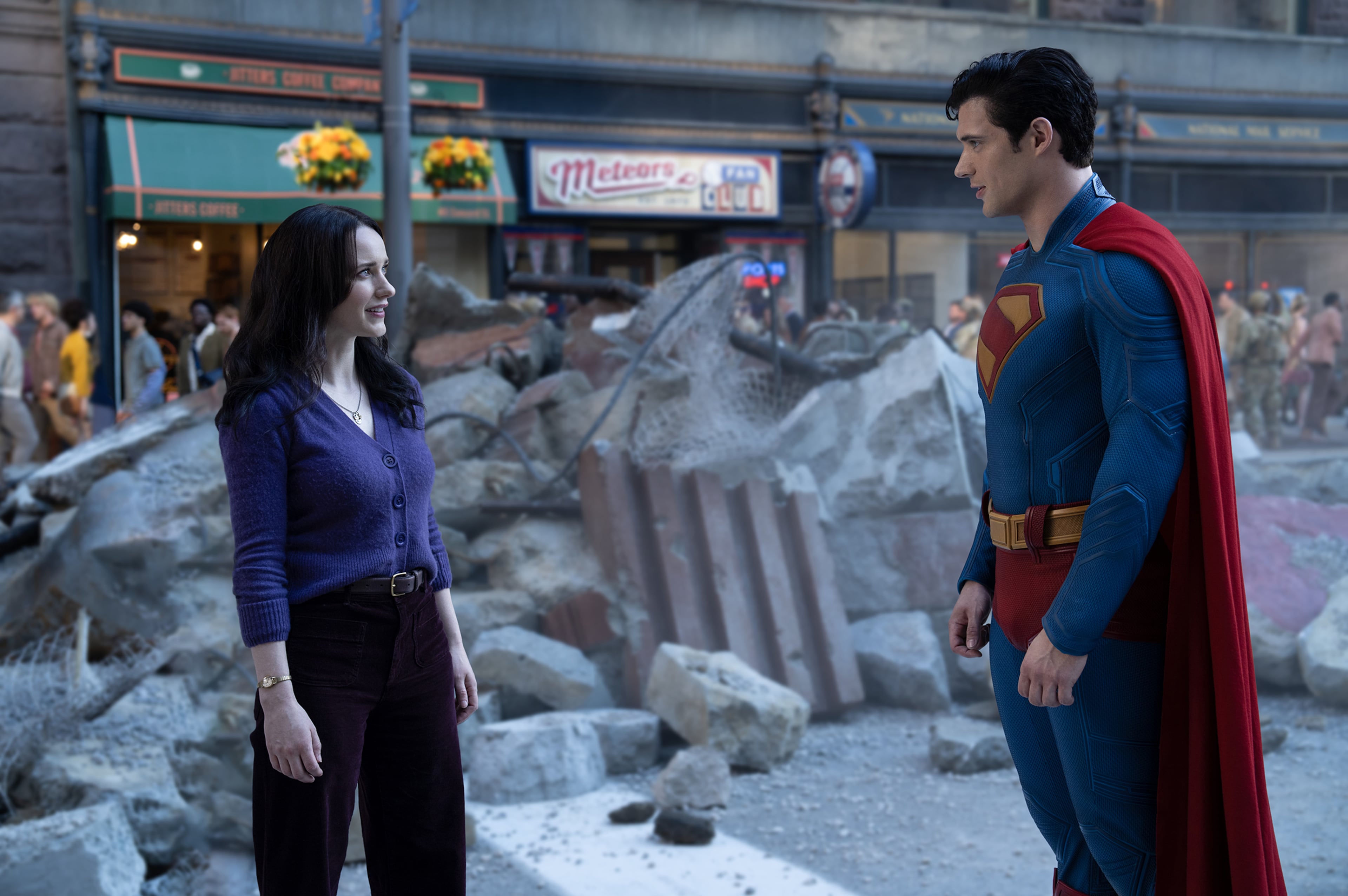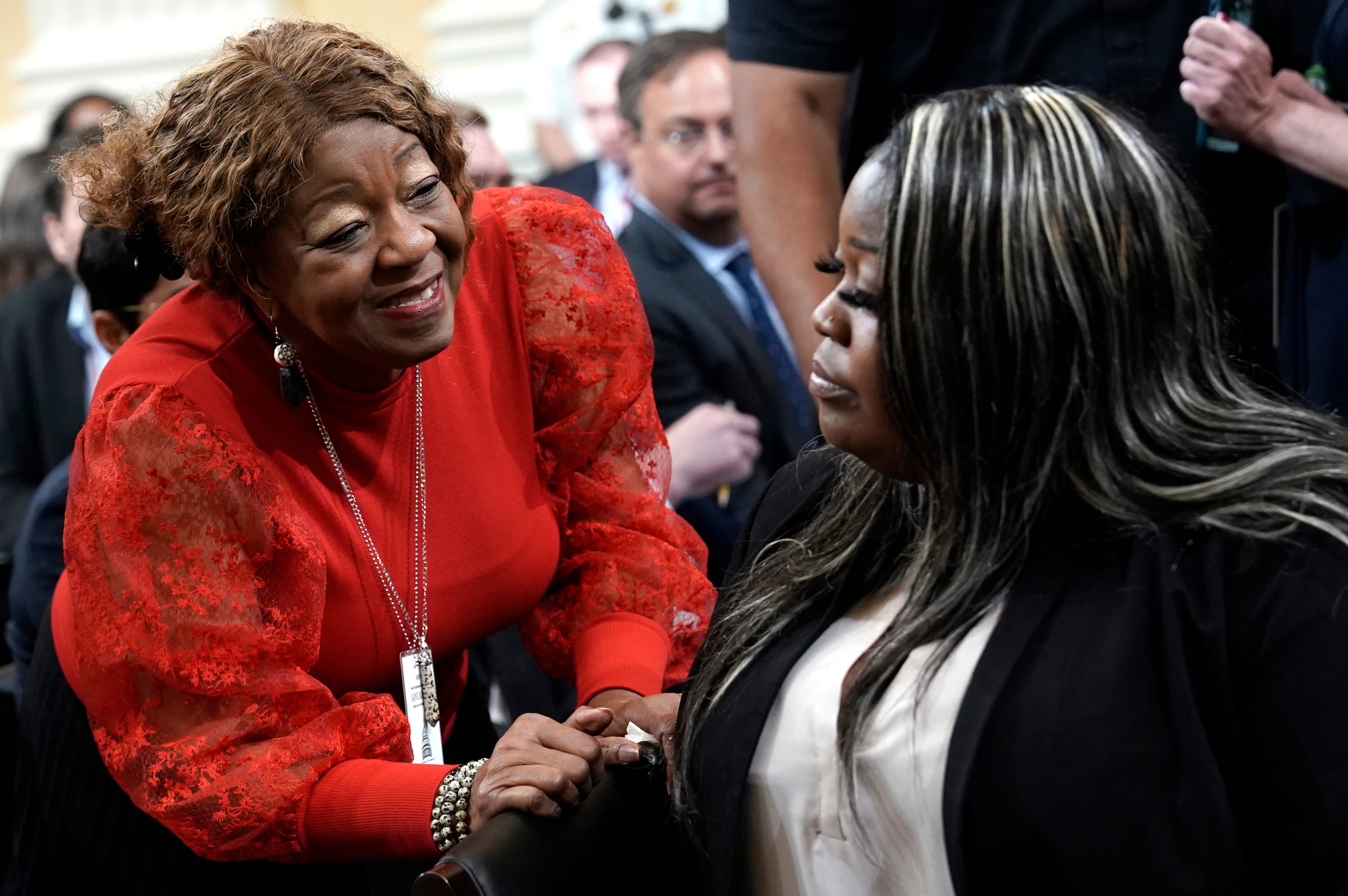Atlanta’s Stitch project is a go, despite federal cuts. It’ll look like this.
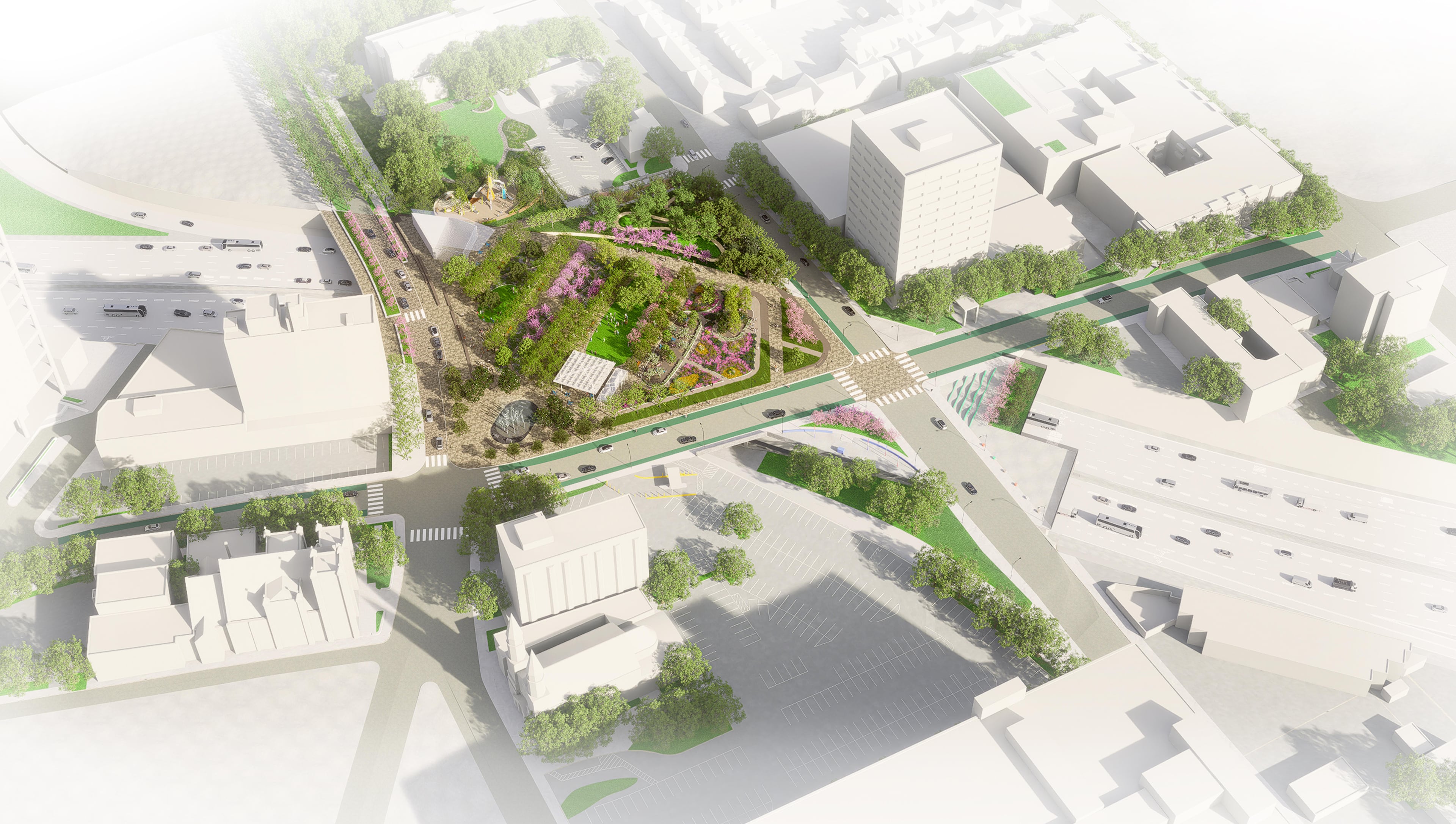
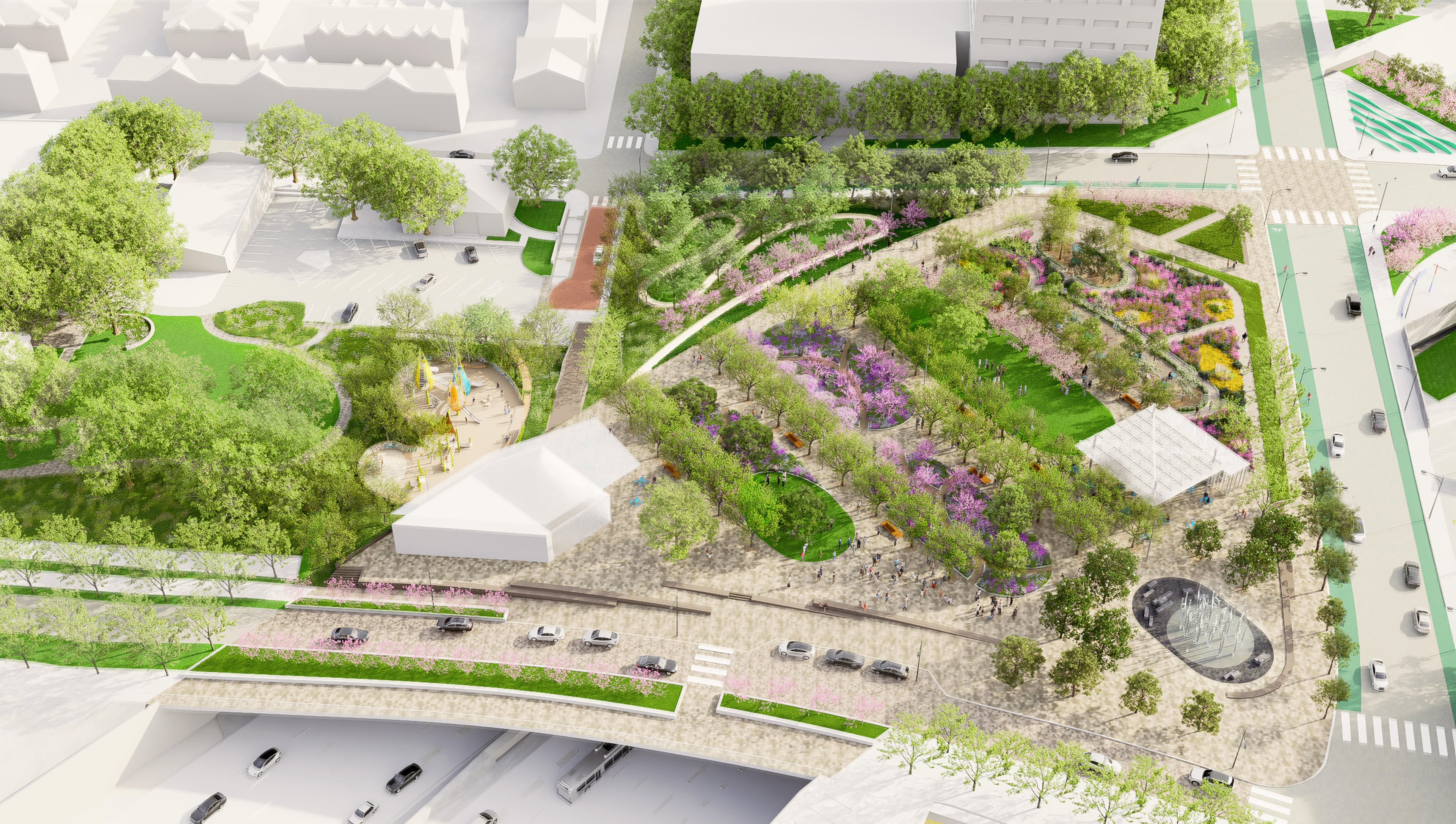
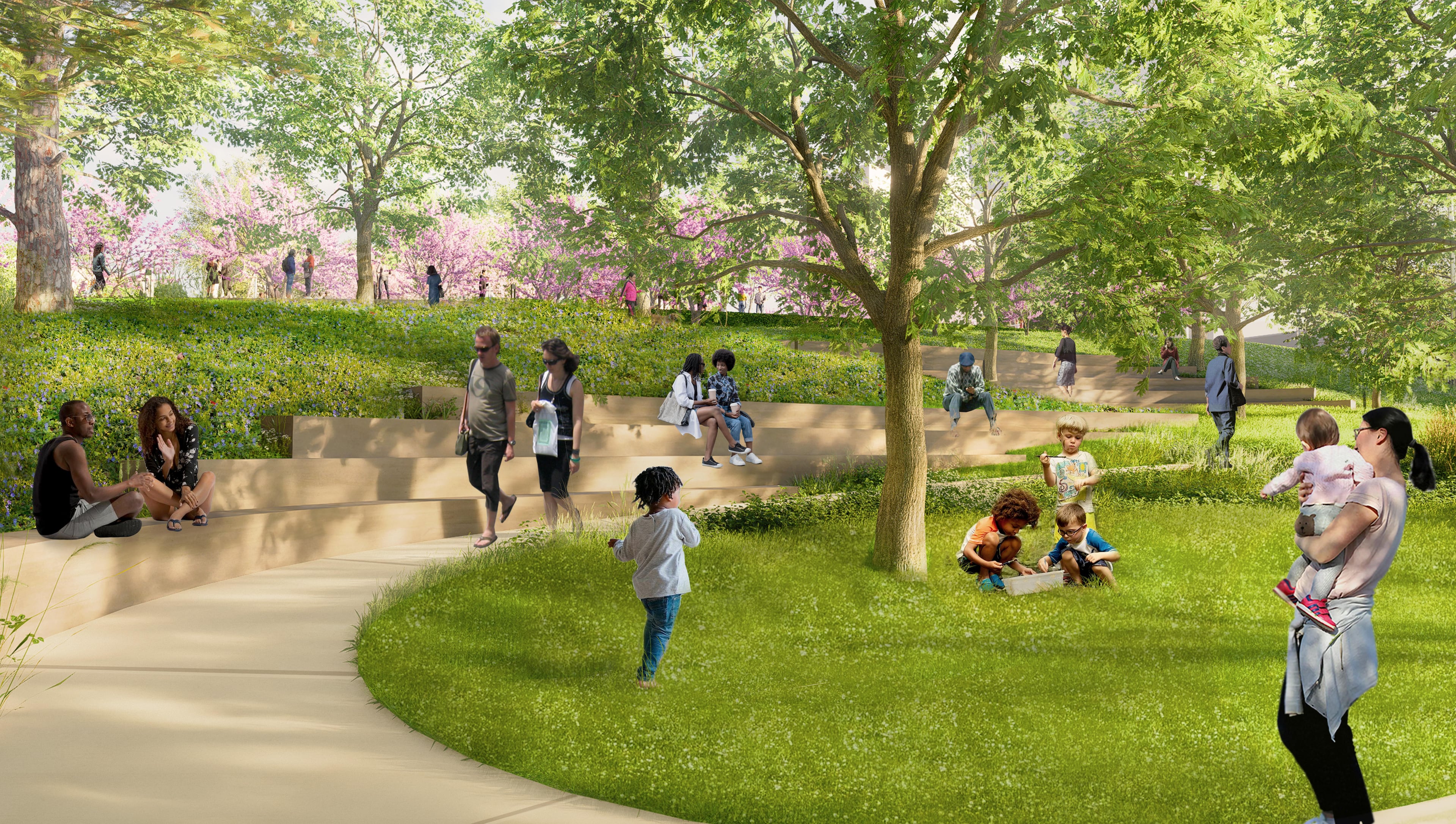
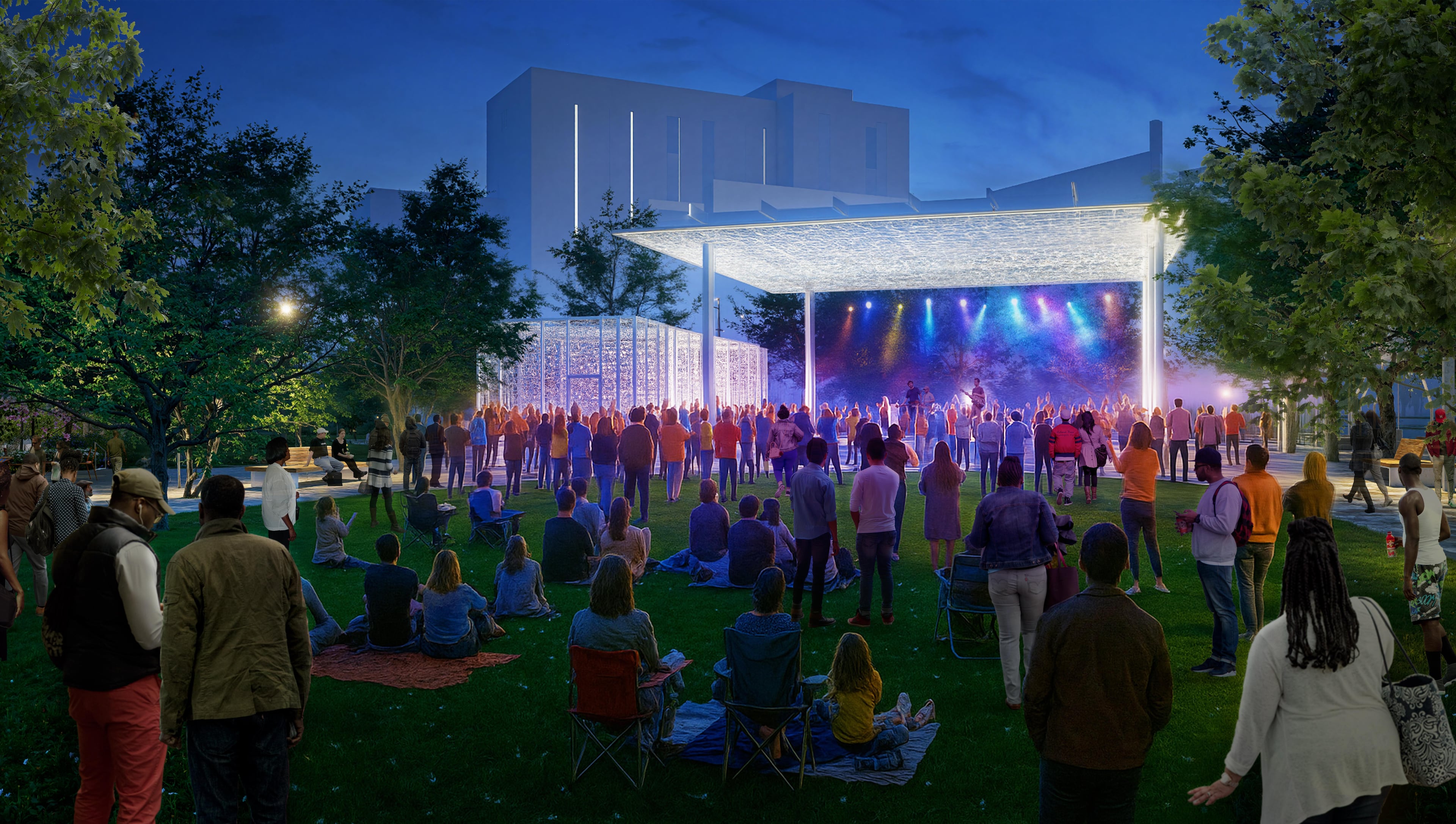
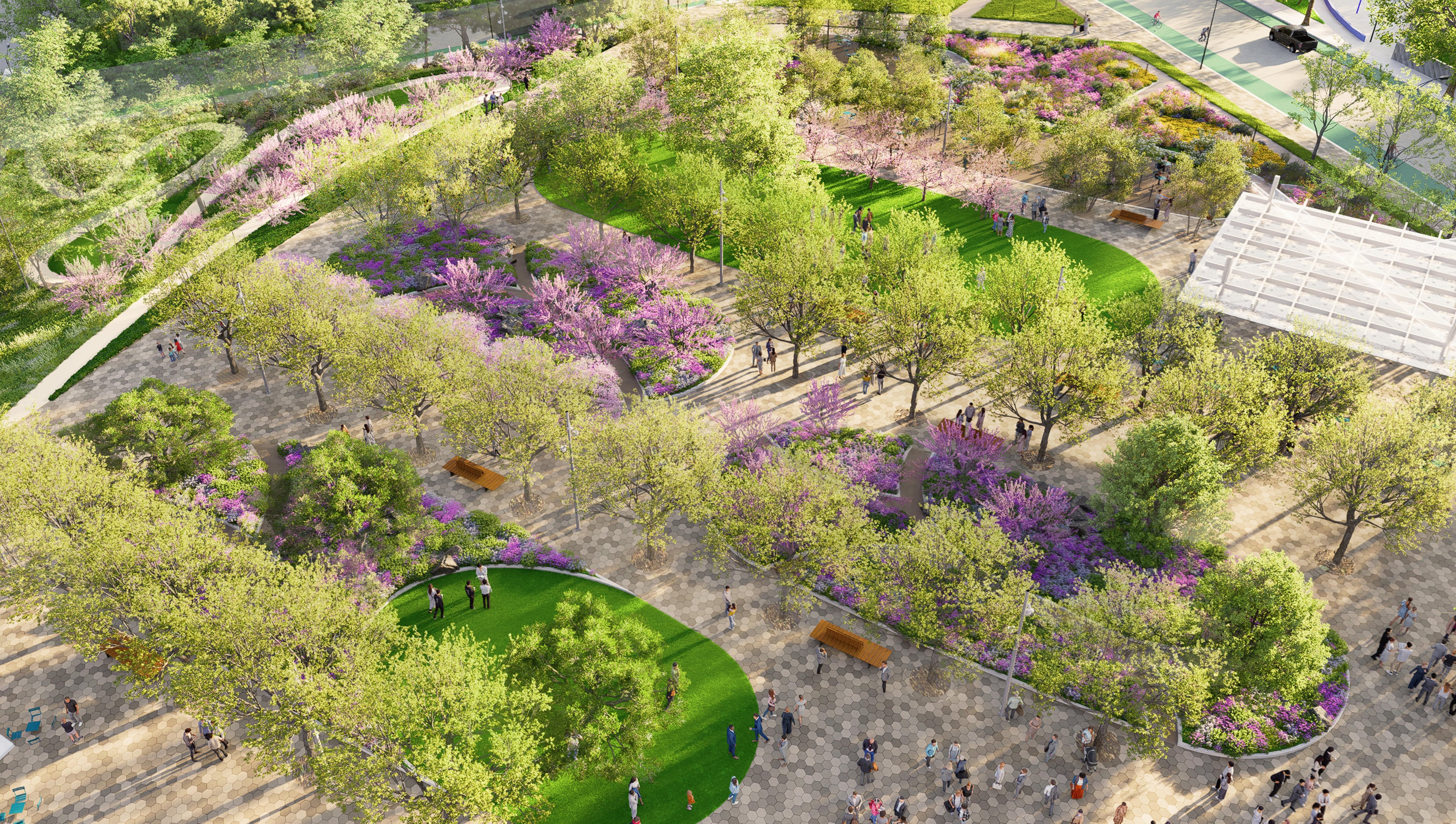
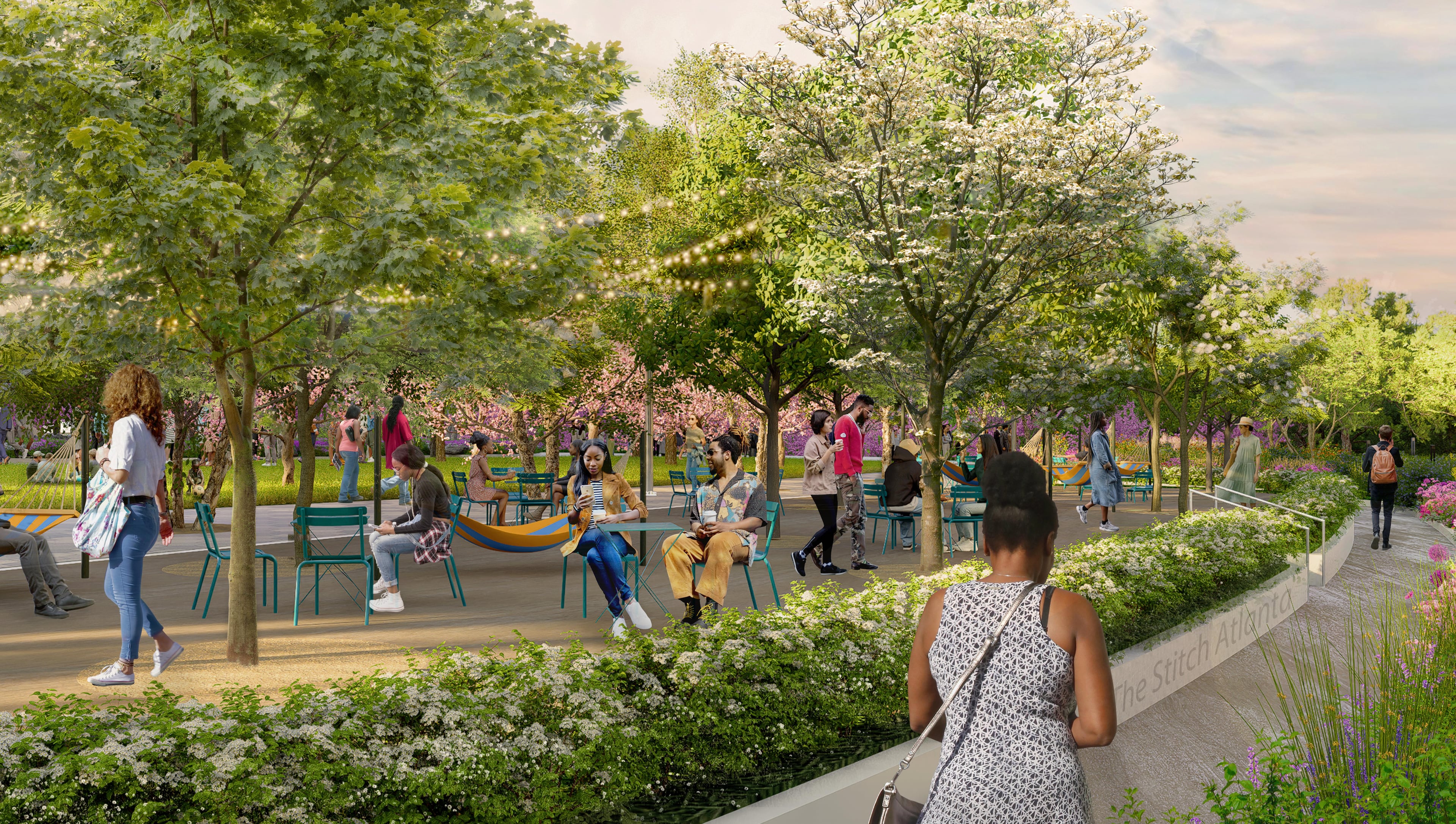
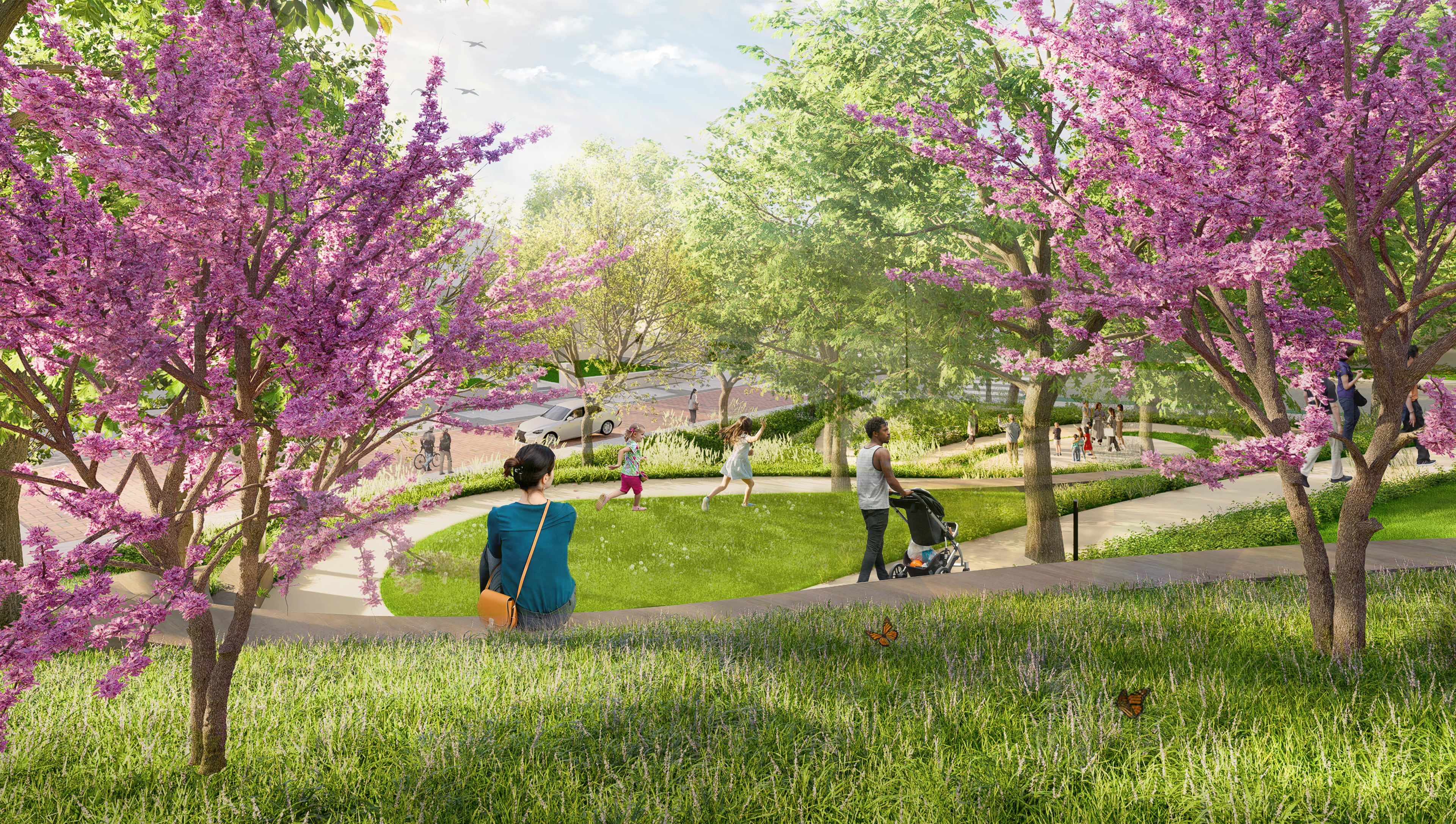
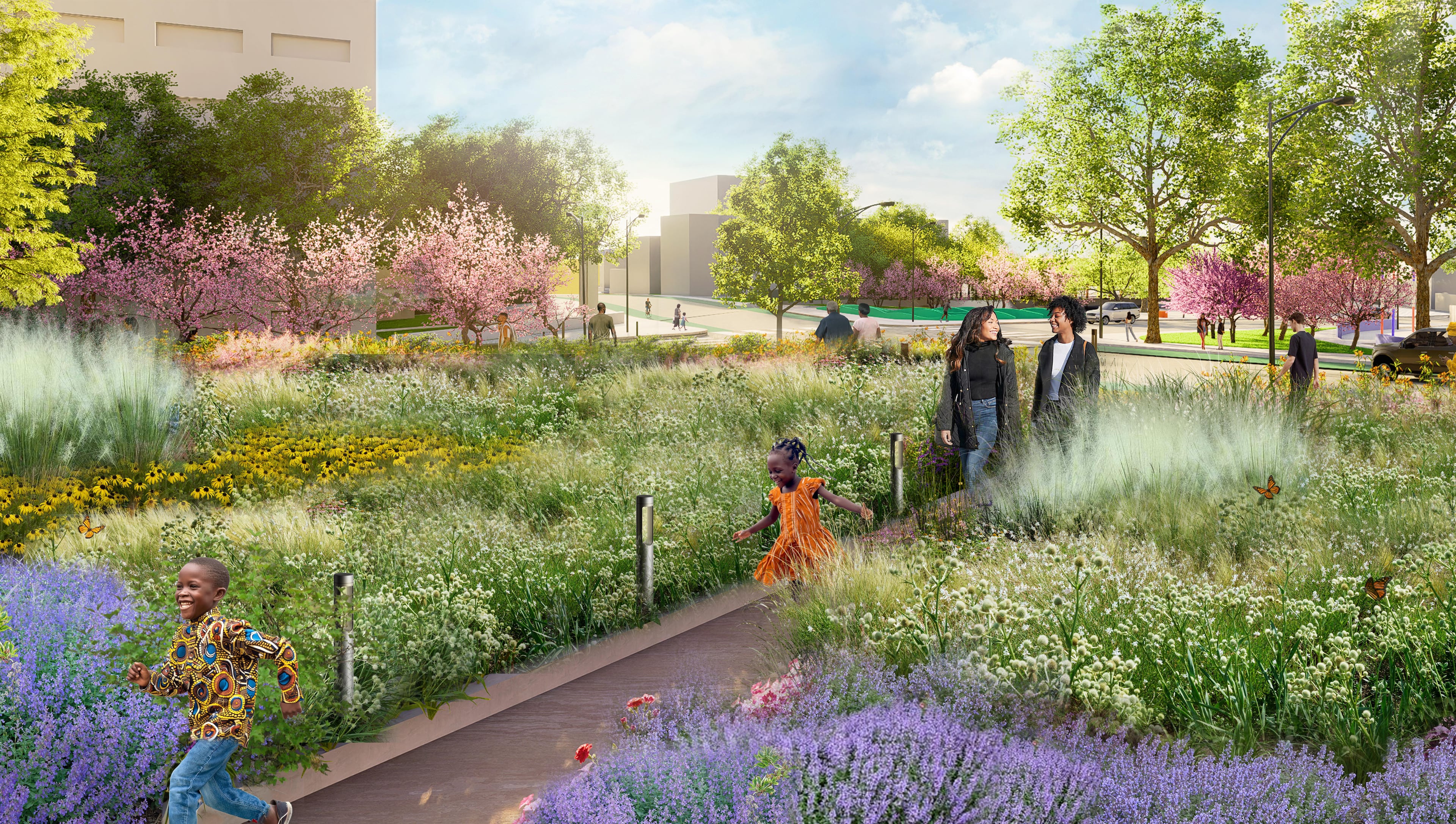
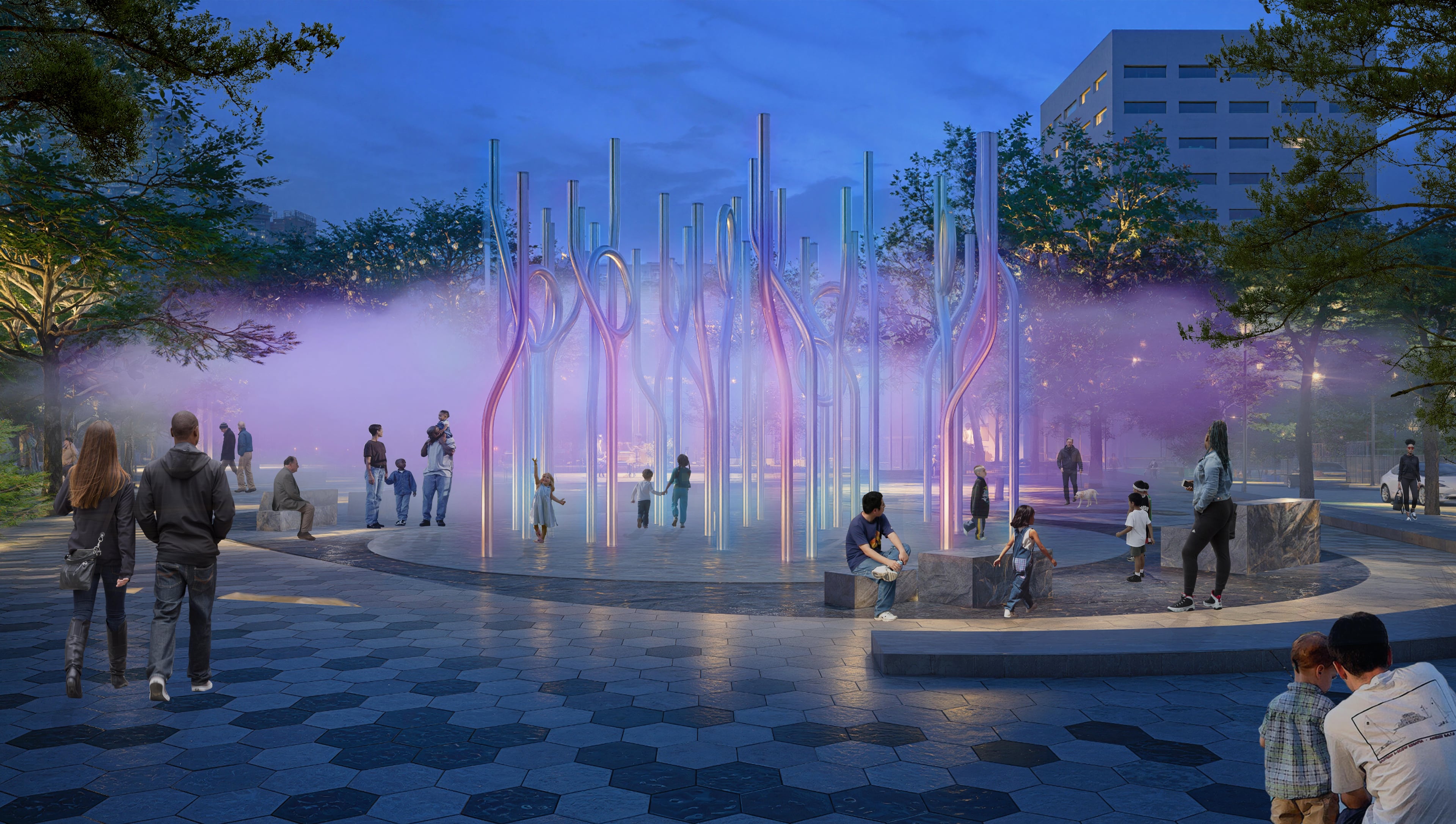
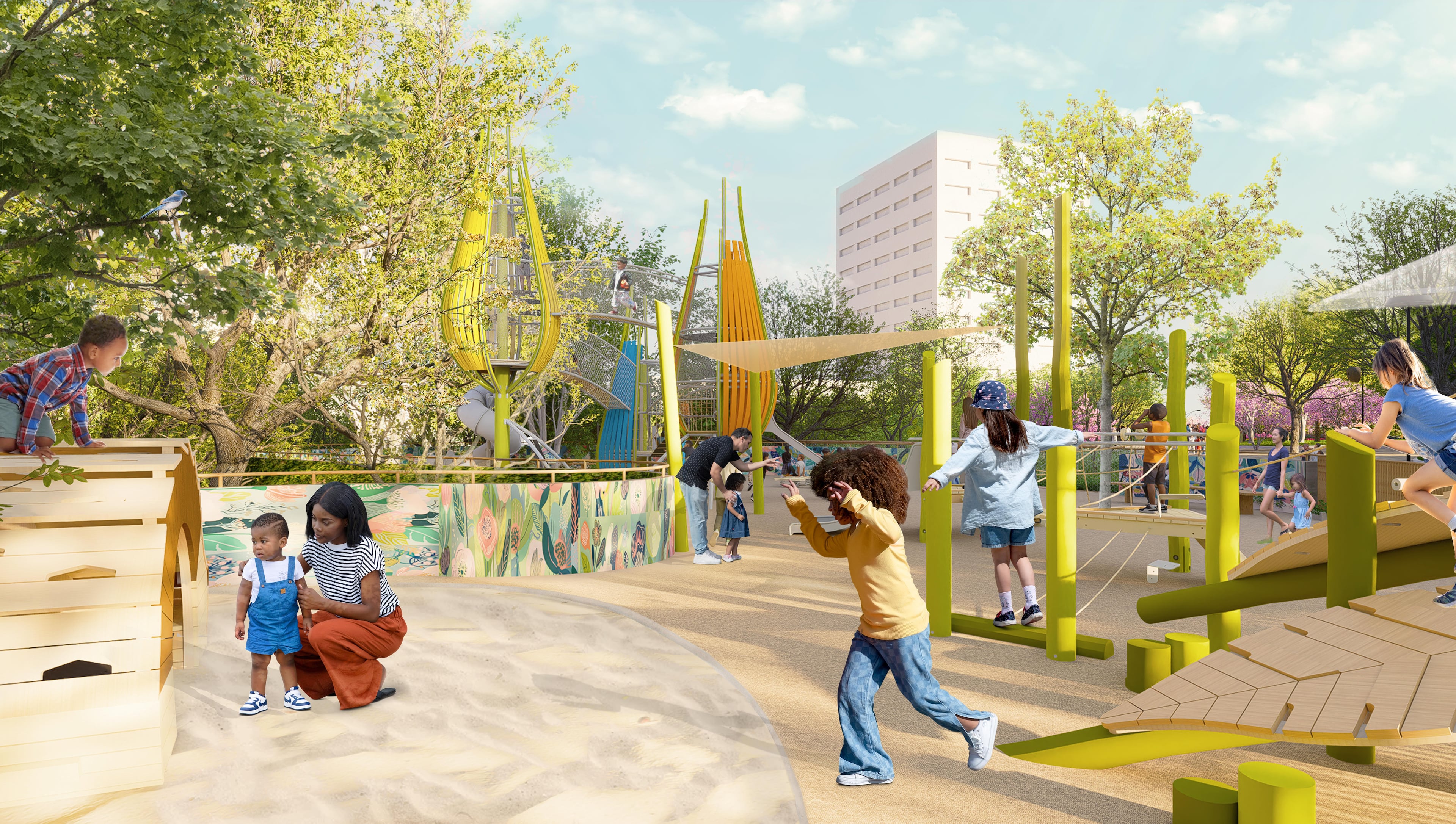
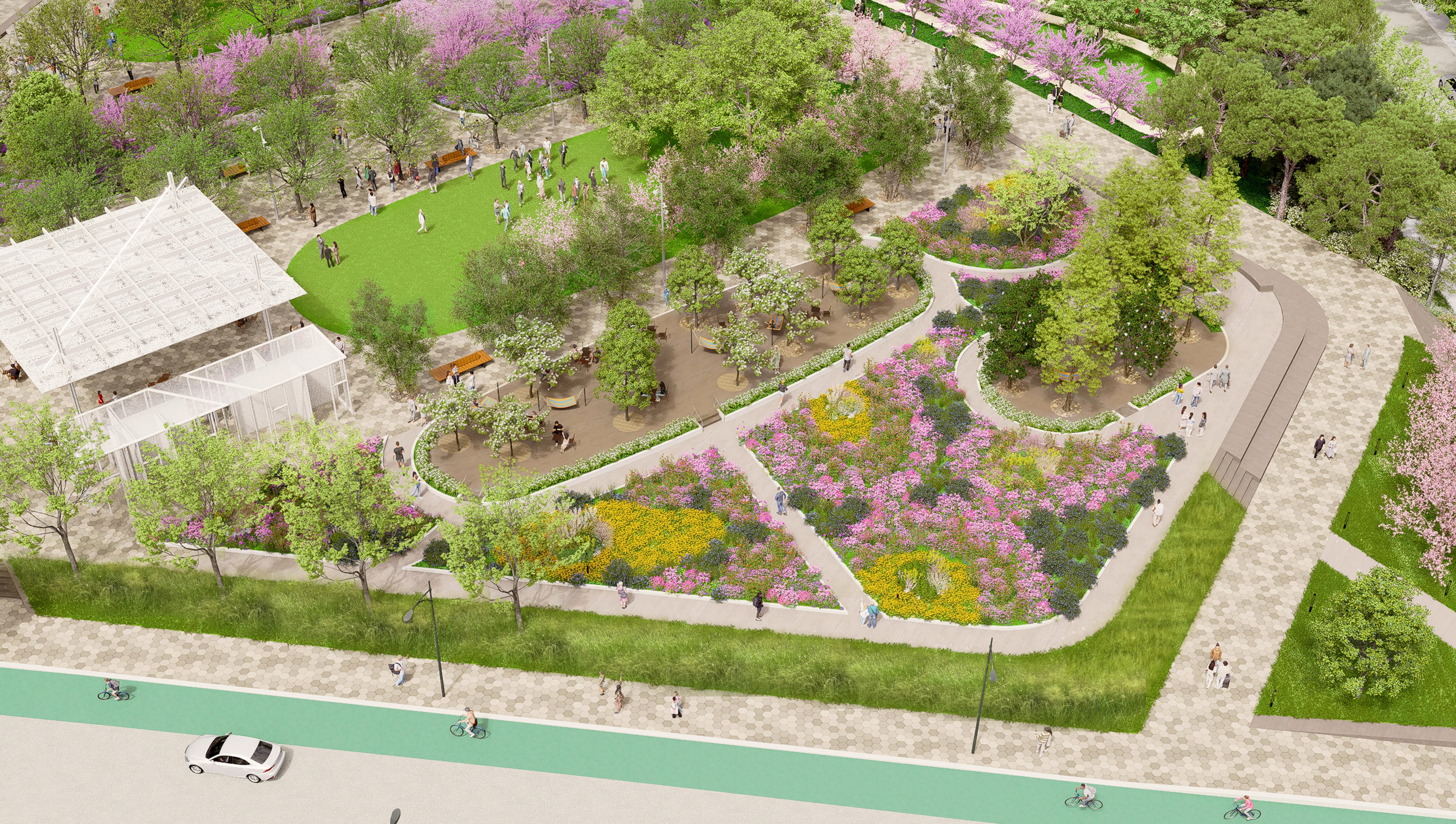
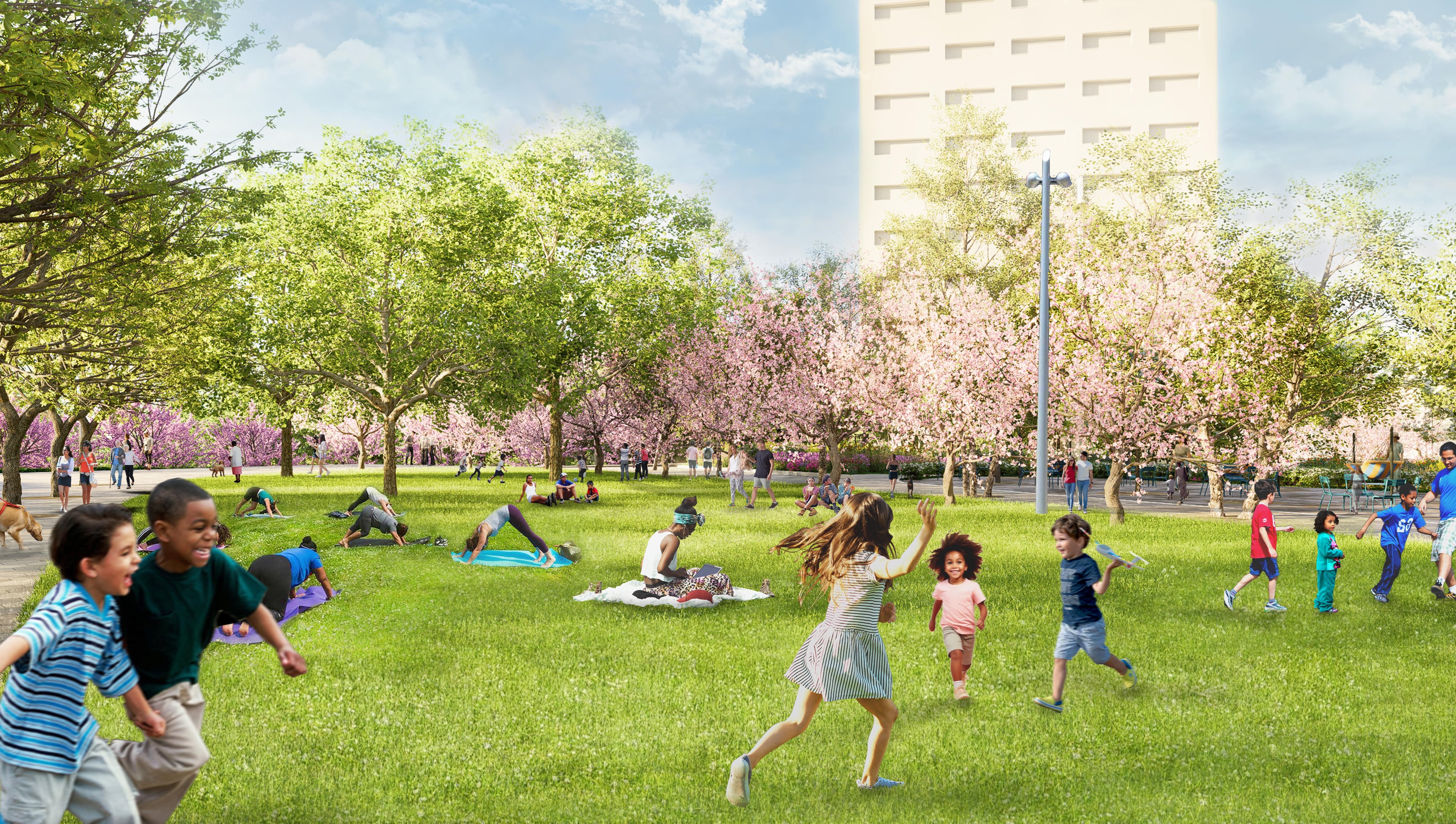
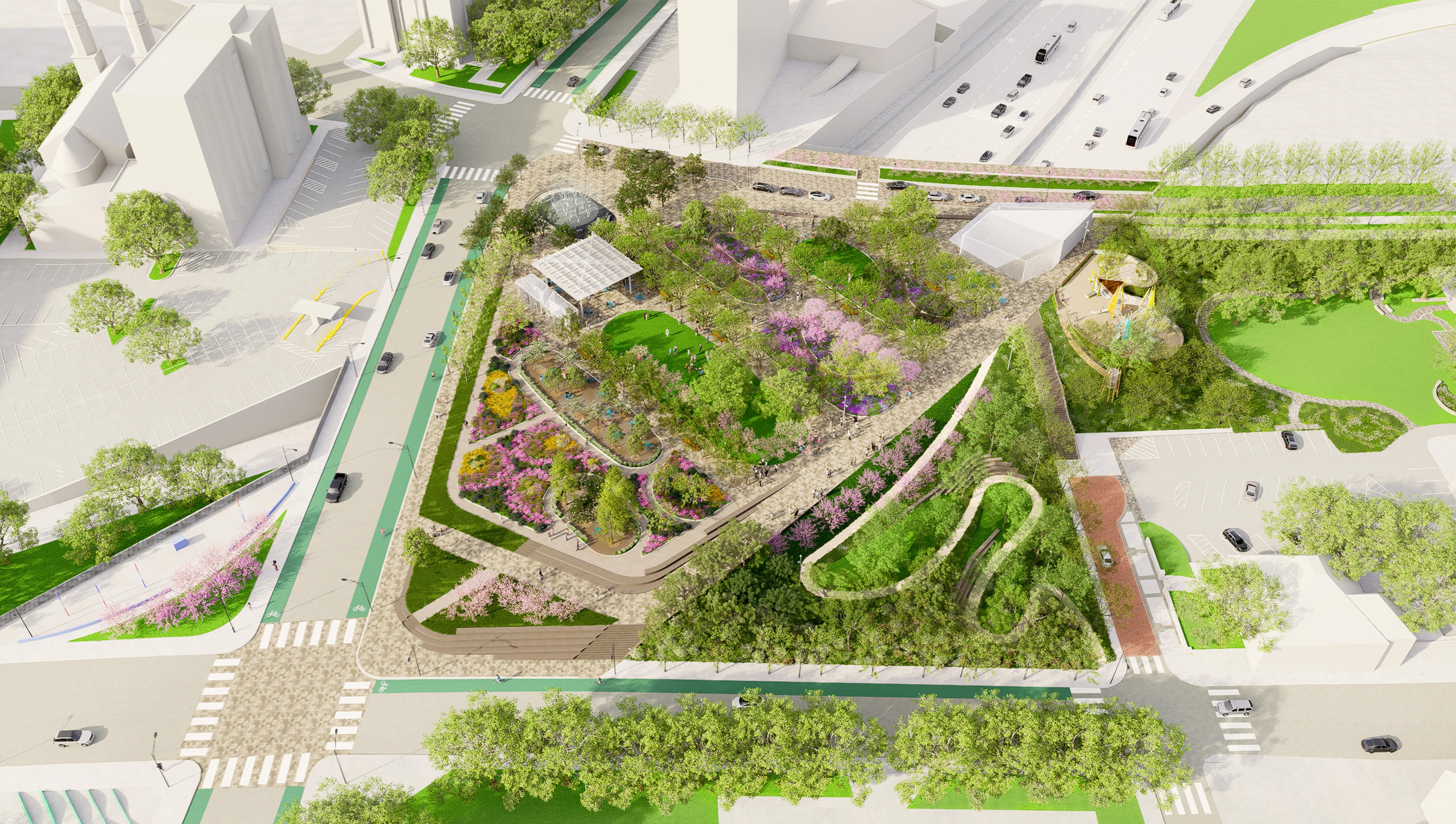
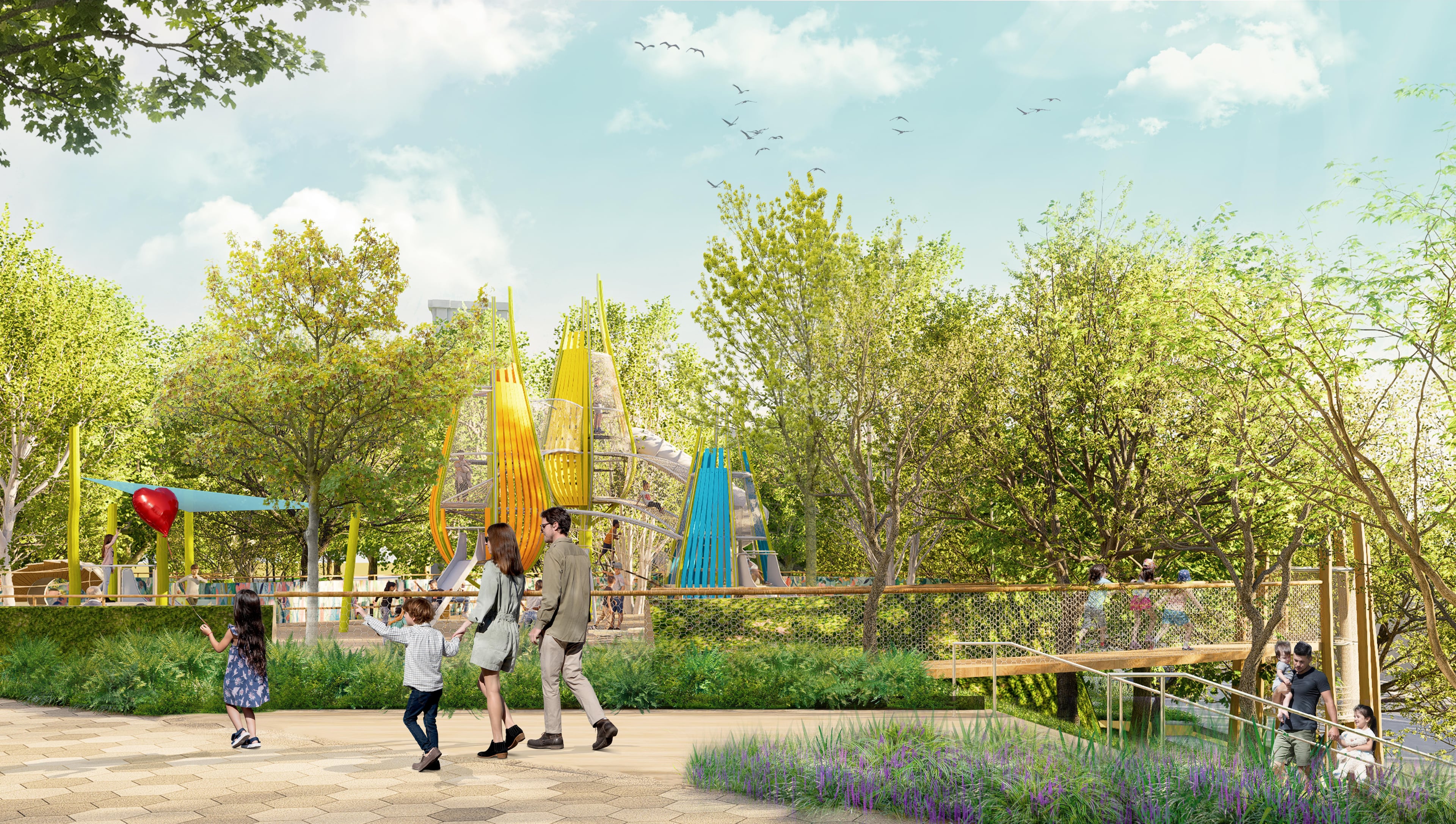
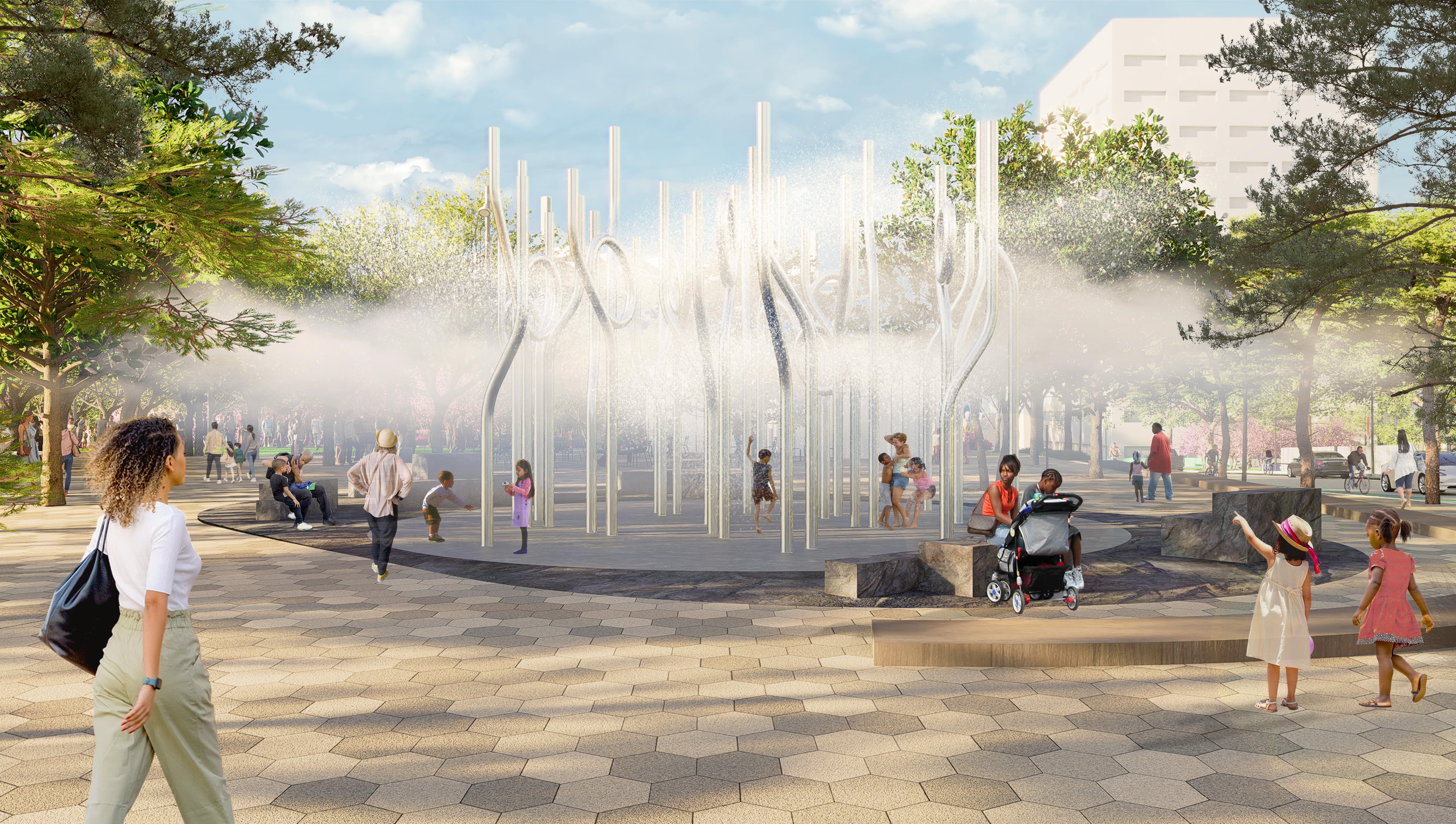
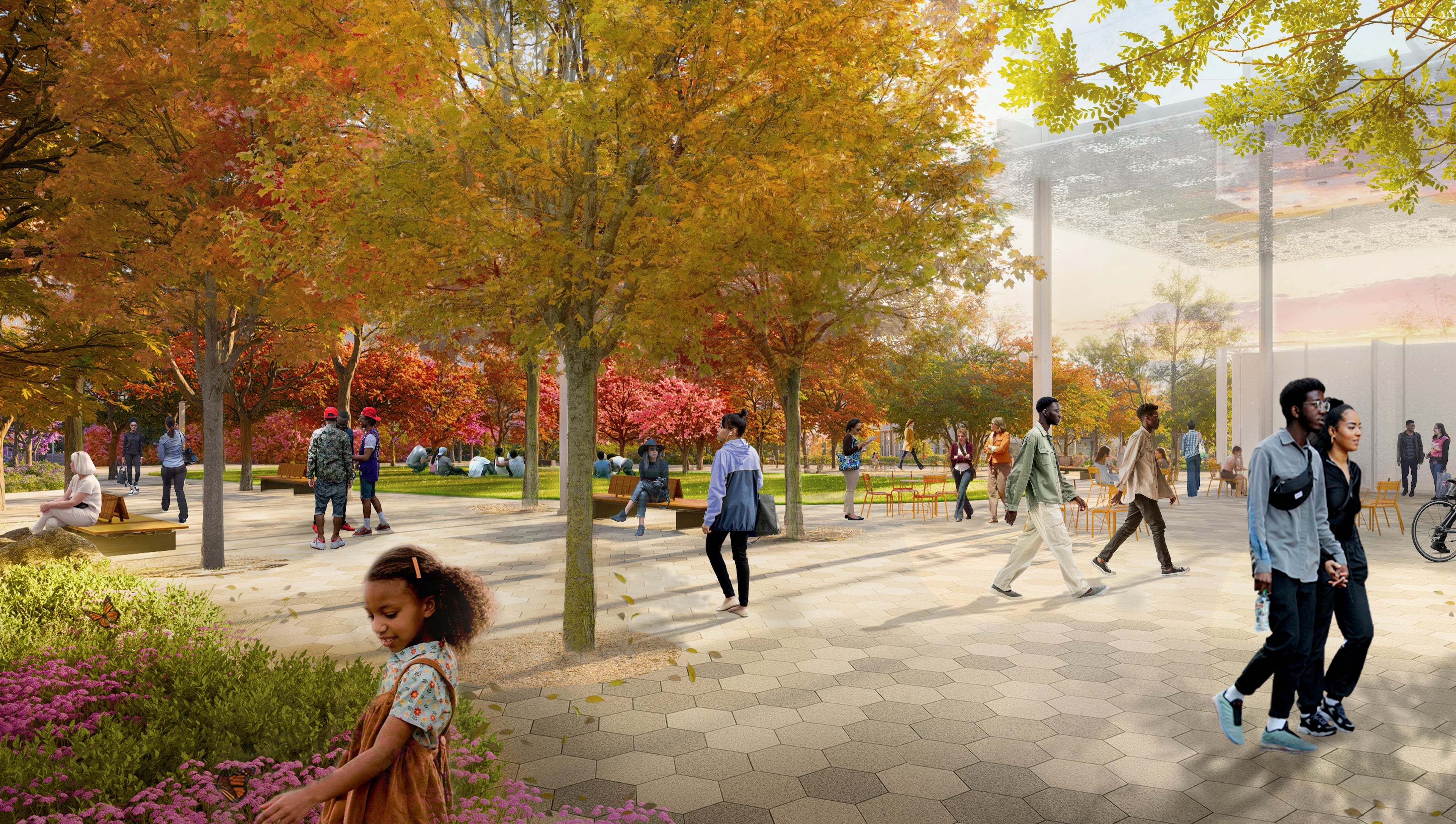
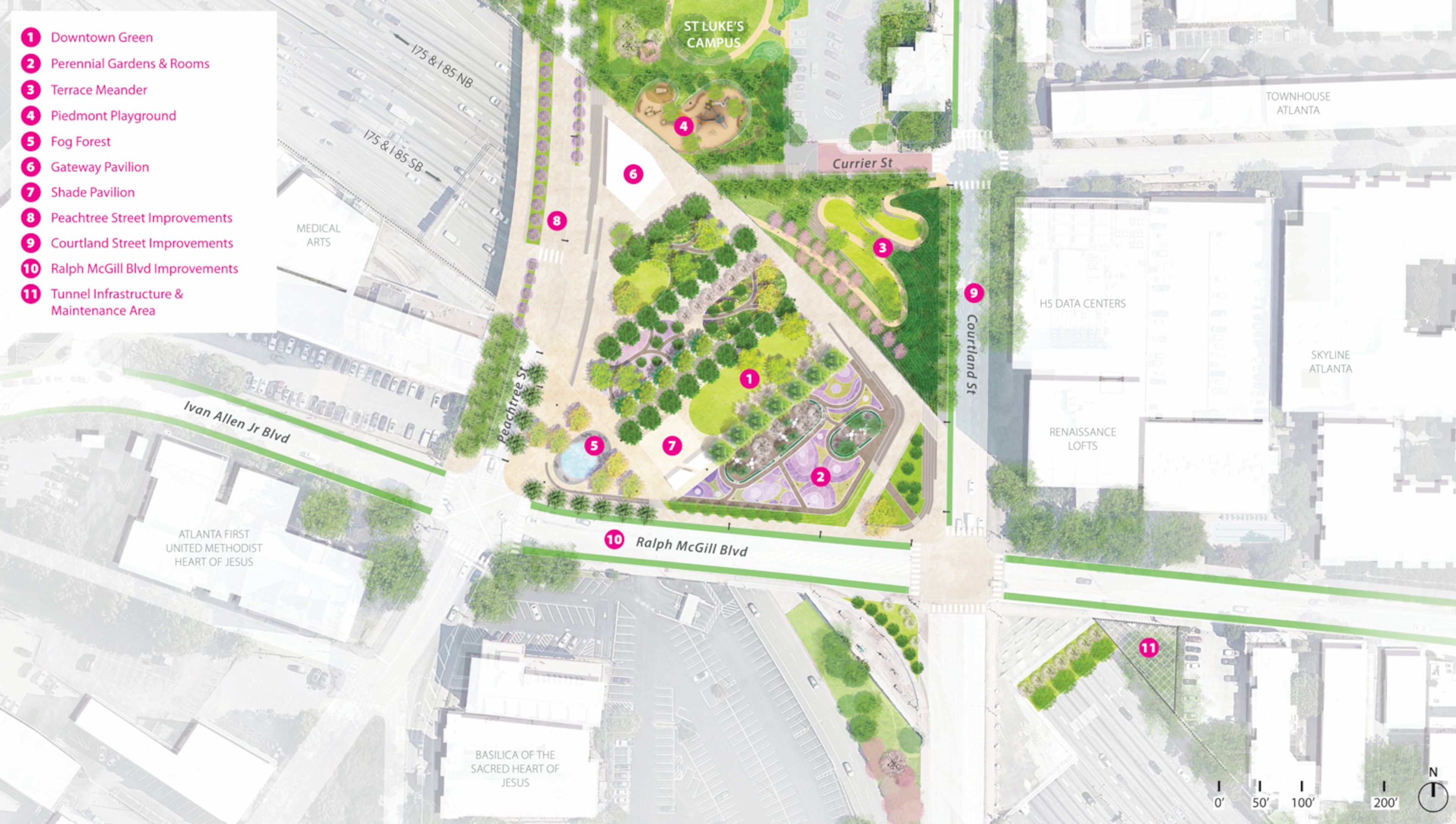
Editor’s note: This story has been updated with addition comments from Tuesday’s Downtown Day event.
The leaders of an ambitious effort to cap Atlanta’s Downtown Connector with an elevated park on Wednesday say their project remains in motion and released their clearest vision yet of what they aim to build.
They also want Congress to see what lawmakers chose to defund, adding that the project called the Stitch will persist with or without the federal government’s help.
“It’s not ‘if’ but ‘when’ the project is going to happen,” Jack Cebe, the Stitch project director, told The Atlanta Journal-Constitution. “We have full confidence that the project is going to happen very soon, and we’re going to find a path forward.”
Downtown civic organizations Central Atlanta Progress and Atlanta Downtown Improvement District released new renderings at the inaugural Downtown Day, placing a spotlight on one of the city’s most challenging — and potentially transformative — projects.
Mayor Andre Dickens minced no words when describing the project’s future.
“This public park will be transformative. And it is still going to happen,” he said, emphasizing each word to a crowd of downtown leaders. “… Nationwide cuts in federal funding — that is not going to derail this project."
The renderings, described as “true-to-life,” showcase the full vision of the Stitch’s first phase for a 5-acre park along Peachtree Street and Ralph McGill Boulevard, Cebe said.

Flush with green space and gathering spots, the renderings show no indications that one of the region’s busiest interstate corridors runs beneath the proposed public park. The images show a mix of public spaces — including pavilions, playgrounds, fountains and gardens.

“In the past, they were more kind of visioning renderings and indicative of the direction that we were heading,” Cebe said. “These new renderings … actually represent the materials, the precise location of elements and the programming that we will see when the Stitch gets built.”
What’s less clear is how the Stitch’s first phase will be financed, especially now that it has a nine-figure hole to fill.
In July, Congress passed President Donald Trump’s One Big Beautiful Bill Act on partisan lines, which included repealing about $2.5 billion in grants for infrastructure projects across the country. The list included an $151 million grant for the Stitch alongside smaller grants for the Atlanta Beltline and the Flint River Trail.
The Stitch’s first phase is estimated to cost $200 million, meaning the legislation cost the project three-fourths of its financing. The other $50 million consists of local commitments.
Cebe called it one of the “ups and downs” of development, saying his team is evaluating alternative financing options and construction timelines. Dickens indicated the city is throwing its weight behind lobbying as well.
“We want to continue to (remind) the federal government that Atlanta is in the United States as well,” he said. “So we want to make sure that they step up to the plate in every way.”
With support from the city and the Georgia Department of Transportation, Cebe said the Stitch could start construction as soon as the spring.
“We’ve gotten all the partnerships in place. We’ve nearly gotten the design work done. The legal agreements are just about done,” he said. “We’re going to be ready to build within a matter of months.”
Plans for the initial phase, however, might have to be subdivided into multiple stages of construction to compensate for the loss of federal financing, he said.
Starting the full phase in 2026 “is still on the table,” Cebe said, although he added that it’s possible the start date could shift to 2027.
In April, the City Council created a special tax district to help pay for the Stitch. In total, the project could stretch to 14 acres of interstate-capped green space across three planned phases at an estimated $713 million price tag. Dickens is also pushing to renew the city’s tax allocation districts, which could also act as a financing tool.
An operating entity called the Atlanta Downtown Stitch Inc. will also soon be created with an operating board, mirroring the Beltline’s organizational structure.
“Because of all the people who are broadly supportive of the project, it’s going to happen,” Cebe said. “No doubt in my mind.”
Take an in-depth look
The Stitch team on Wednesday unveiled an augmented reality tool that will allow people to see the park’s vision in real life when at the project site in downtown Atlanta. A QR code to access the tool is available at the site and at thestitchatl.com.

